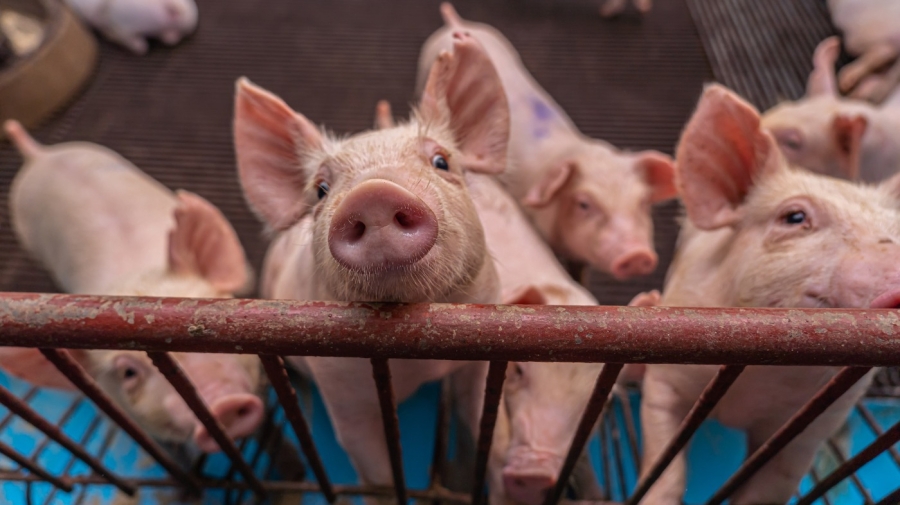Even for veteran Washington hands, a scuffle between agencies over regulatory jurisdiction can cause the eyes to glaze over. The faint aroma of self-interest and power-mongering may pervade the entire enterprise. But sometimes such squabbles are of critical importance — and the public’s health may be at stake.
As is usually the case, the stakes are seemingly arcane. Which agency, the Food and Drug Administration (FDA) or the U. S.
Department of Agriculture (USDA), should regulate intentionally genomically altered animals? These are (also called GMOs) and, more recently, more precisely gene-edited animals using techniques like . Some are equipped with desirable traits, such as in humans and that can withstand mounting global temperatures. Until now, FDA has regulated these products under the , an approach upheld in .
But at the tail end of the Trump administration, USDA staked its claim in the form of a describing how it would regulate these animals. If these products are to deliver on their promises, Washington needs to get the surrounding regulatory structure right. Failing to do so, particularly in an environment where science has been knocked off its trusted perch due to rampant misinformation, risks undermining consumer confidence as well as public health.
This has turned out to be the plight of GMOs; a lack of confidence in government oversight has combined with misinformation to erode consumer trust. Most turf battles are close calls — but not this one. For starters, the very missions of the relevant agencies differ markedly, with FDA promoting human (and animal) health, while USDA does not have an overriding public health mission and is also charged with promoting U.
S. agriculture. USDA’s primary concern in this arena is determining whether a new organism might endanger other animals.
Which agency has the relevant expertise? This is no small matter when the products operate at the most fundamental level of animal function — alterations to cellular DNA. FDA has over the years honed the scientific and technical expertise in-house and therefore has the capacity to regulate these products in a science-based manner. USDA does not have similar experience and might be less rigorous as a result.
Part of the challenge of fashioning an appropriate regulatory structure stems from the current dispersal of authority over the food system across multiple federal agencies. USDA is, by statute, , but FDA is responsible for almost everything else that walks, swims or flies. This means that a transfer of authority to USDA would reproduce the current inefficiency and confusion in a new area when it can be avoided.
The result would be a bifurcated system with USDA holding sway over barnyard genetically altered animals while FDA regulates the rest — even as the underlying scientific issues are largely identical. No one is claiming that FDA has always struck the right balance between assuring consumer safety and ushering new genetically altered products to market. Its first effort, reviewing a salmon that can reach market size in 18 months instead of 30, .
But the agency has learned from that experience and appears to have developed a risk-based approach to the regulation of subsequent products, as the more streamlined approaches to the recent approvals of the genetically altered pigs and cattle attest. It’s hard to know for sure, though. FDA’s guidance outlining its revised approach has been bottled up at the Office of Management and Budget for , a hostage of the ongoing inter-agency standoff.
Meanwhile, the pace of innovation appears to be picking up, with more products on the horizon, such as to the devastating Porcine Reproductive and Respiratory Syndrome Virus, which is estimated by pork producers to cost an . FDA stands ready to regulate these products, but USDA would have to cobble together its approach from as many as three separate statutes, likely leading to delays in approval, at least in the short term. There is no time to wait.
The sooner the administration resolves the current stalemate, the sooner U. S. consumers will reap the benefits of these genetically altered animals, while being assured that they have passed FDA’s rigorous safety standards.
.
From: thehill
URL: https://thehill.com/opinion/technology/4074465-regulatory-dogfight-who-should-regulate-genetically-altered-animals/
